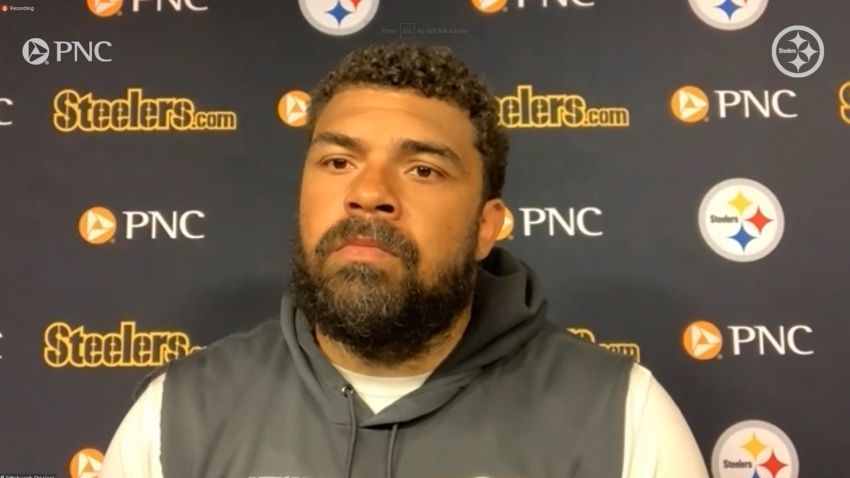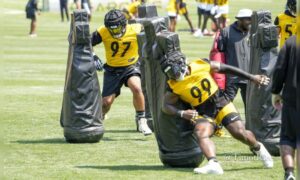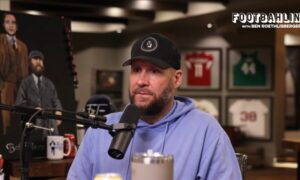One of the most substantial changes that was brought about by the 2011 Collective Bargaining Agreement is the manner in which it redirected how players train in the offseason. Basically, it shifted much of the responsibility to the players themselves, rather than the teams and the coaches, and helped give rise to an industry of private trainers that has exploded over the past decade.
“I think guys have gotten accustomed to training elsewhere. Everybody’s got great routines now, and the pandemic has created that”, Pittsburgh Steelers defensive lineman Cameron Heyward told reporters earlier this week, when he was addressing the topic of the NFLPA’s stance in player participation in voluntary workouts.
“Now more than ever, players are having that freedom to choose”, he went on. “We’re the only league that has this type of participation in an offseason program. Look at basketball. You’re playing pickup, and you’re doing your own drills elsewhere”.
As he points out, there is no other major sports league in the US that has a direct equivalent to something like the NFL’s OTA sessions, which grew into a hot topic this offseason, but has since cooled down as players and teams convened and compromised.
“You can learn so much here, but it doesn’t hurt to learn from somebody new”, Heyward, who has long used private trainers and coaches, said. “And I love our guys, because they understand what’s gonna get you better. They’re not just gonna go with the newest and freshest thing out there, and the guy just trying to get his name out there who’s gonna get you hurt. These guys are investing in themselves”.
He referenced former Steeler James Harrison, who was famous for spending a significant amount every year on the upkeep of his physical conditioning, through training, rehabilitation, and so on. He continues to keep himself fit into his 40s now that he is retired.
As the same time, as he rightly pointed out, this structure leaves a gap between what which the players are responsible for and that which the teams are responsible for. If a player is conducting a team-approved workout regimen, but doing it on his own or with a trainer, wherein is the team’s liability in the event of injury.
He said in that same interview session that “it’s beyond me that we’re training outside of the facility for our jobs and can’t get covered for injuries. I think that’s one thing that needs to be addressed soon”, he continued, “because I think at the end of the day, we’re all just working towards one goal, and you shouldn’t be penalized if you’re out, anywhere, just trying to work on your game”.
Either way, it’s not going to stop professionals from training on their own. It’s the way of the game now, and has been for some time. It’s only grown easier for players to hook up with private trainers, many of whom have built established reputations with elite players and their success in their portfolio.








